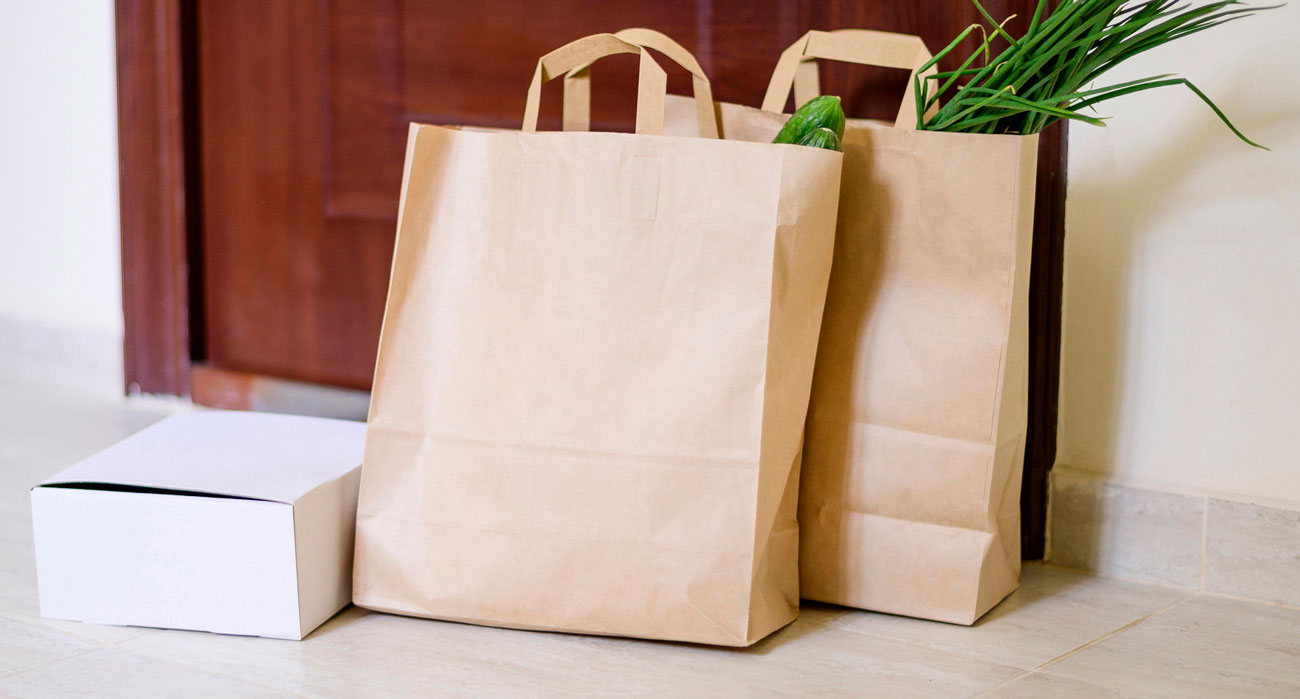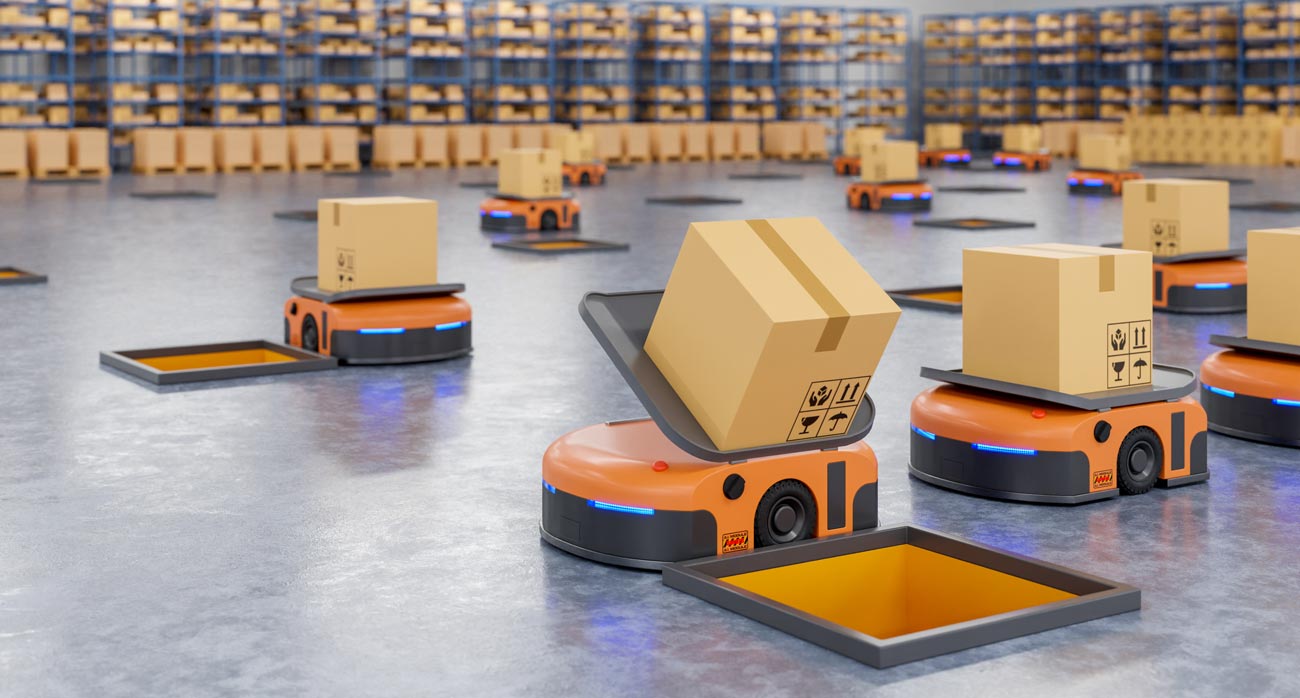Contxto – Delivery de Mercado—iFood’s marketplace of restaurants and supermarkets—grew 240 percent last August when compared to March of this year. Evidently, Covid-19 has pushed consumers towards acquiring their edibles online.
So to keep up with this momentum, iFood recently acquired SiteMercado—a white-label platform that helps grocery stores digitize their operations to work as an e-commerce business. The value of the transaction was not disclosed.
For the moment, the two companies will operate independently in terms of payment management and delivery operations. However, iFood doesn’t discard bringing them together in the future.
[wd_hustle id=”InArticleOptin” type=”embedded”/]
iFood and everyone wants to be an e-grocer
Before the pandemic broke out, online grocery shopping and food delivery startups operated in very separate lanes. If at most, users would task their courier with picking something up at the pharmacy or supermarket. But not a whole week’s worth of food.
Meanwhile, there were startups specializing in just grocery or supermarket delivery services. Examples include Mexican Jüsto, Colombian Merqueo, and Chilean-Mexican Cornershop.
But thanks to Covid, users and startups alike have realized the untapped potential there is in having your groceries delivered straight to your door.
As a result, you have last-mile delivery startups like Rappi, Hugo, and iFood investing further into this area. Likewise, e-commerce giant Mercado Libre began offering groceries on its marketplace platform last May.
Meanwhile companies that had already been focused on this line of business, were raising funding to keep up before the aforementioned newcomers ate up their market.
Jüsto for instance, raised a US$12 million bridge round in July to scale its operations. Similarly, Zipp, closed US$636,000 in August to satisfy demand for its dark store grocery delivery service in Brazil.
What’s next for grocery e-commerce?
If we look to the world’s biggest e-commerce platform, Amazon (duh), we can find hints as to what’s to come in this line of business. The company had already launched its Amazon Fresh grocery delivery service for Prime users back in 2007. Since then, it has expanded into other cities across the US and in Europe.
In Latin America, the rise of grocery delivery startups within the last five years reflects the usefulness of what Amazon had already discovered.
But what has the multinational been up to recently? Besides investing in AI or drone-related startups, the company opened its first brick-and-mortar Amazon Fresh store last August.
With this new venture, it’s mixing the gusto of in-person shopping with the convenience of digital services. So users can enjoy the experience of personally picking their groceries but skip out on the annoying parts like waiting in line for the cash register.
What will Latam’s take on this concept be like? If anything I’d say we’re still a long ways away from something as capital-intensive as an in-person store like Amazon Fresh.
Users are still embracing e-commerce and electronic payments as is. But in the medium to long term, we may see Latam’s take on these smart stores.
Related articles: Tech and startups from Brazil!
-ML







